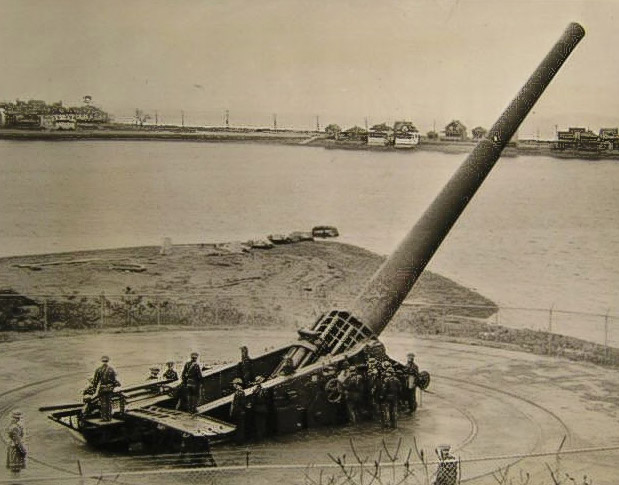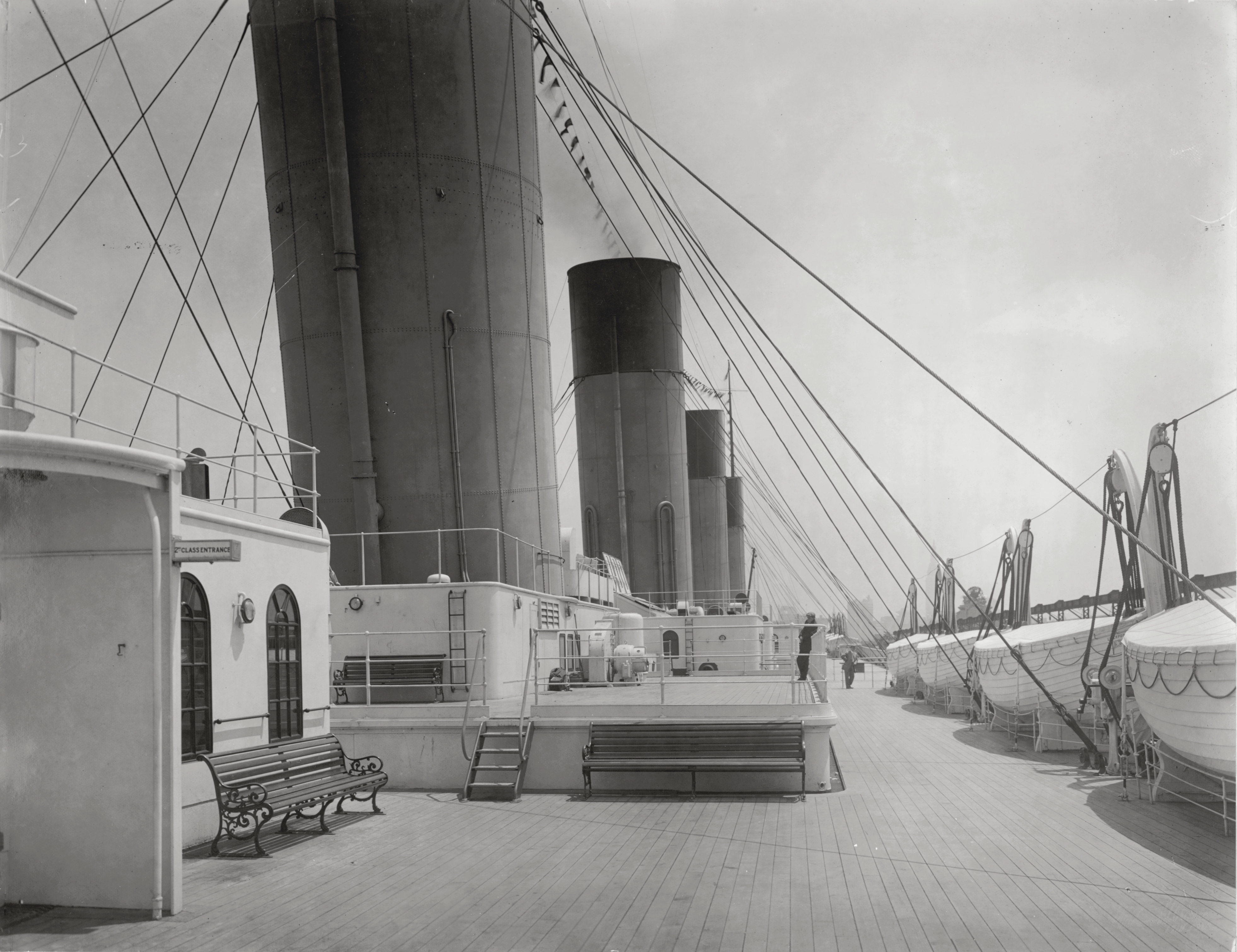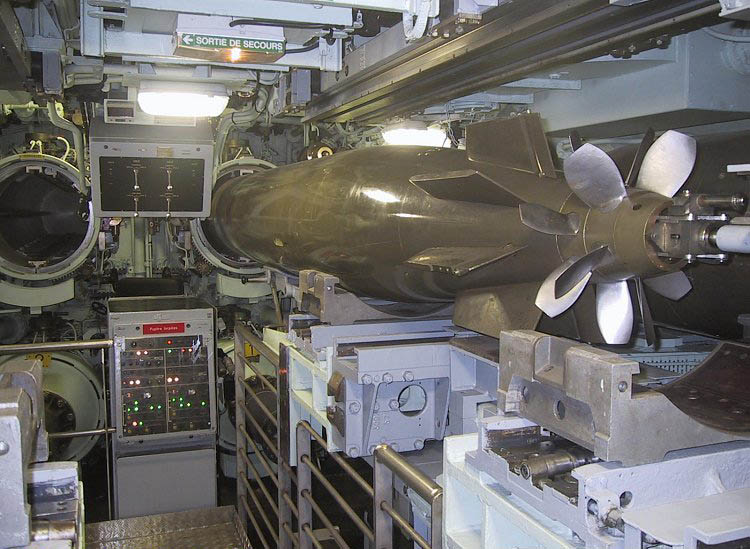|
USS Augusta (CA-31)
USS ''Augusta'' (CL/CA-31) was a of the United States Navy, notable for service as a headquarters ship during Operation Torch, Operation Overlord, and Operation Dragoon, and for her occasional use as a presidential flagship carrying both Franklin D. Roosevelt and Harry S. Truman under wartime conditions (including at the Atlantic Charter). She was named after Augusta, Georgia, and was sponsored by Miss Evelyn McDaniel of that city. Construction ''Augusta'', a "Treaty" cruiser of 10,000 tons normal displacement, was laid down on 2 July 1928 at Newport News, Virginia, by Newport News Shipbuilding and Dry Dock Co.; launched on 1 February 1930, sponsored by Evelyn McDaniel of Augusta, Georgia; and commissioned at the Norfolk Navy Yard, Portsmouth, Virginia, on 30 January 1931, Captain James O. Richardson in command. Originally classified as a light cruiser, CL-31, because of her thin armor. Effective 1 July 1931, ''Augusta'' was redesignated a heavy cruiser, CA-31, because of ... [...More Info...] [...Related Items...] OR: [Wikipedia] [Google] [Baidu] |
Portland, Maine
Portland is the List of municipalities in Maine, most populous city in the U.S. state of Maine and the county seat, seat of Cumberland County, Maine, Cumberland County. Portland's population was 68,408 at the 2020 census. The Portland metropolitan area, Maine, Greater Portland metropolitan area has a population of approximately 550,000 people. Historically tied to commercial shipping, the marine economy, and light industry, Portland's economy in the 21st century relies mostly on the service sector. The Port of Portland (Maine), Port of Portland is the second-largest tonnage seaport in the New England area as of 2019. The city seal depicts a Phoenix (mythology), phoenix rising from ashes, a reference to Portland's recovery from four devastating fires. Portland was named after the English Isle of Portland. In turn, the city of Portland, Oregon, was named after Portland, Maine. The word ''Portland'' is derived from the Old English word ''Portlanda'', which means "land surrounding a ... [...More Info...] [...Related Items...] OR: [Wikipedia] [Google] [Baidu] |
Caliber (artillery)
In artillery, caliber or calibre''Caliber'' is the American English spelling, while ''calibre'' is used in British English. is the internal diameter of a gun barrel, or, by extension, a relative measure of the barrel length. Rifled barrels Rifled barrels introduce ambiguity to measurement of caliber. A rifled bore consists of alternating grooves and lands. The distance across the bore from groove to groove is greater than the distance from land to land. Projectiles fired from rifled barrels must be of the full groove-to-groove diameter to be effectively rotated by the rifling, but the caliber has sometimes been specified as the land-to-land diameter before rifling grooves were cut. The depth of rifling grooves (and the consequent ambiguity) increases in larger calibers. Steel artillery projectiles may have a forward bourrelet section machined to a diameter slightly smaller than the original land-to-land dimension of the barrel and a copper driving band somewhat larger than ... [...More Info...] [...Related Items...] OR: [Wikipedia] [Google] [Baidu] |
Floatplanes
A floatplane is a type of seaplane with one or more slender floats mounted under the fuselage to provide buoyancy. By contrast, a flying boat uses its fuselage for buoyancy. Either type of seaplane may also have landing gear suitable for land, making the vehicle an amphibious aircraft. British usage is to call floatplanes "seaplanes" rather than use the term "seaplane" to refer to both floatplanes and flying boats. Use Since World War II and the advent of helicopters, advanced aircraft carriers and land-based aircraft, military seaplanes have stopped being used. This, coupled with the increased availability of civilian airstrips, has greatly reduced the number of flying boats being built. However, many modern civilian aircraft have floatplane variants, most offered as third-party modifications under a supplemental type certificate (STC), although there are several aircraft manufacturers that build floatplanes from scratch. These floatplanes have found their niche as one type ... [...More Info...] [...Related Items...] OR: [Wikipedia] [Google] [Baidu] |
Curtiss SOC Seagull
The Curtiss SOC Seagull was an American single-engined scout observation seaplane, designed by Alexander Solla of the Curtiss-Wright Corporation for the United States Navy. The aircraft served on battleships and cruisers in a seaplane configuration, being launched by catapult and recovered from a sea landing. The wings folded back against the fuselage for storage aboard ship. When based ashore or on carriers the single float was replaced by fixed wheeled landing gear. Curtiss delivered 258 SOC aircraft, in versions SOC-1 through SOC-4, beginning in 1935. The SOC-3 design was the basis of the Naval Aircraft Factory SON-1 variant, of which the NAF delivered 64 aircraft from 1940. The aircraft served as an important observation craft during WW2 for the U.S. Navy, although the Vought OS2U Kingfisher served in greater numbers. Design and development The SOC was ordered for production by the United States Navy in 1933 and first entered service in 1935. The first order was for 135 ... [...More Info...] [...Related Items...] OR: [Wikipedia] [Google] [Baidu] |
Conning Tower
A conning tower is a raised platform on a ship or submarine, often armoured, from which an officer in charge can conn (nautical), conn (conduct or control) the vessel, controlling movements of the ship by giving orders to those responsible for the ship's engine, rudder, lines, and ground tackle. It is usually located as high on the ship as is practical, to give the conning team good visibility of the entirety of the ship, ocean conditions, and other vessels. The naval term "conn" may derive from the Middle English ''conne'' (study, become acquainted with) or French ''conduire'' from Latin ''conducere'' (conduct). Surface ships On surface ships, the conning tower was a feature of all battleships and armored cruiser, armoured cruisers from about 1860 to the early years of World War II. Located at the front end of the superstructure, the conning tower was a heavily armored cylinder, with tiny slit windows on three sides providing a reasonable field of view. Designed to shield j ... [...More Info...] [...Related Items...] OR: [Wikipedia] [Google] [Baidu] |
Gun Turret
A gun turret (or simply turret) is a mounting platform from which weapons can be fired that affords protection, visibility and ability to turn and aim. A modern gun turret is generally a rotatable weapon mount that houses the crew or mechanism of a projectile-firing weapon and at the same time lets the weapon be aimed and fired in some degree of azimuth and elevation (cone of fire). Description Rotating gun turrets protect the weapon and its crew as they rotate. When this meaning of the word "turret" started being used at the beginning of the 1860s, turrets were normally cylindrical. Barbettes were an alternative to turrets; with a barbette the protection was fixed, and the weapon and crew were on a rotating platform inside the barbette. In the 1890s, armoured hoods (also known as "gun houses") were added to barbettes; these rotated with the platform (hence the term "hooded barbette"). By the early 20th century, these hoods were known as turrets. Modern warships have gun-m ... [...More Info...] [...Related Items...] OR: [Wikipedia] [Google] [Baidu] |
Barbette
Barbettes are several types of gun emplacement in terrestrial fortifications or on naval ships. In recent naval usage, a barbette is a protective circular armour support for a heavy gun turret. This evolved from earlier forms of gun protection that eventually led to the pre-dreadnought. The name ''barbette'' ultimately comes from fortification: it originally meant a raised platform or mound, as in the French phrase ''en barbette'', which refers to the practice of firing a cannon over a parapet rather than through an embrasure in a fortification's casemate. The former gives better angles of fire but less protection than the latter. The disappearing gun was a variation on the barbette gun; it consisted of a heavy gun on a carriage that would retract behind a parapet or into a gunpit for reloading. Barbettes were primarily used in coastal defences, but saw some use in a handful of warships, and some inland fortifications. The term is also used for certain aircraft gun mounts. ... [...More Info...] [...Related Items...] OR: [Wikipedia] [Google] [Baidu] |
Deck (ship)
A deck is a permanent covering over a Compartment (ship), compartment or a hull (watercraft), hull of a ship. On a boat or ship, the primary or upper deck is the horizontal structure that forms the "roof" of the hull, strengthening it and serving as the primary working surface. Vessels often have more than one level both within the hull and in the superstructure above the primary deck, similar to the floors of a multi-storey building, that are also referred to as decks, as are certain compartments and decks built over specific areas of the superstructure. Decks for some purposes have specific names. Structure The main purpose of the upper or primary deck is structural, and only secondarily to provide weather-tightness and support people and equipment. The deck serves as the lid to the complex box girder which can be identified as the hull. It resists Tension (physics), tension, Compression (physics), compression, and racking forces. The deck's scantling is usually the same as t ... [...More Info...] [...Related Items...] OR: [Wikipedia] [Google] [Baidu] |
Armor Belt
Belt armor is a layer of heavy metal armor plated onto or within the outer hulls of warships, typically on battleships, battlecruisers and cruisers, and aircraft carriers. The belt armor is designed to prevent projectiles from penetrating to the heart of a warship. When struck by an artillery shell or underwater torpedo, the belt armor either absorbs the impact and explosion with its sheer thickness and strength, or else uses sloping to redirect the projectile and its blast downwards. Typically, the main armor belt covers the warship from its main deck down to some distance below the waterline. If, instead of forming the outer hull, the armor belt is built inside the hull, it is installed at a sloped angle for improved protection, as described above. The torpedo bulkhead Frequently, the main belt's armor plates were supplemented with a torpedo bulkhead spaced several meters behind the main belt, designed to maintain the ship's watertight integrity even if the main belt w ... [...More Info...] [...Related Items...] OR: [Wikipedia] [Google] [Baidu] |
Torpedo Tube
A torpedo tube is a cylindrical device for launching torpedoes. There are two main types of torpedo tube: underwater tubes fitted to submarines and some surface ships, and deck-mounted units (also referred to as torpedo launchers) installed aboard surface vessels. Deck-mounted torpedo launchers are usually designed for a specific type of torpedo, while submarine torpedo tubes are general-purpose launchers, and are often also capable of deploying naval mine, mines and cruise missiles. Most modern launchers are standardized on a diameter for light torpedoes (deck mounted aboard ship) or a diameter for heavy torpedoes (underwater tubes), although Torpedo#Classes and diameters, torpedoes of other classes and diameters have been used. Submarine torpedo tube A submarine torpedo tube is a more complex mechanism than a torpedo tube on a surface ship, because the tube has to accomplish the function of moving the torpedo from the normal atmospheric pressure within the submarine into the ... [...More Info...] [...Related Items...] OR: [Wikipedia] [Google] [Baidu] |
Gun Salutes
A gun salute or cannon salute is the use of a piece of artillery to fire shots, often 21 in number ('' 21-gun salute''), with the aim of marking an honor or celebrating a joyful event. It is a tradition in many countries around the world. History Firing cannons is a maritime tradition that dates back to the 14th century, when the cannon began to impose itself on the battlefields: a boat entering the waters of a country unloads its weapons and thus marks its intentions as peaceful. The coastal batteries or the boats encountered then respond to this salute. If 7 cannon shots are fired at the start, corresponding to the number of guns on board a boat, in addition to the symbolism of the number seven, this number increases to 21, since it was considered that for a shot fired by a boat, the batteries on land had enough powder for three rounds. 21-gun salute Other numbered salutes To honor the 75th birthday of King Charles III, a number of special salutes were fired. A 41-gun s ... [...More Info...] [...Related Items...] OR: [Wikipedia] [Google] [Baidu] |







